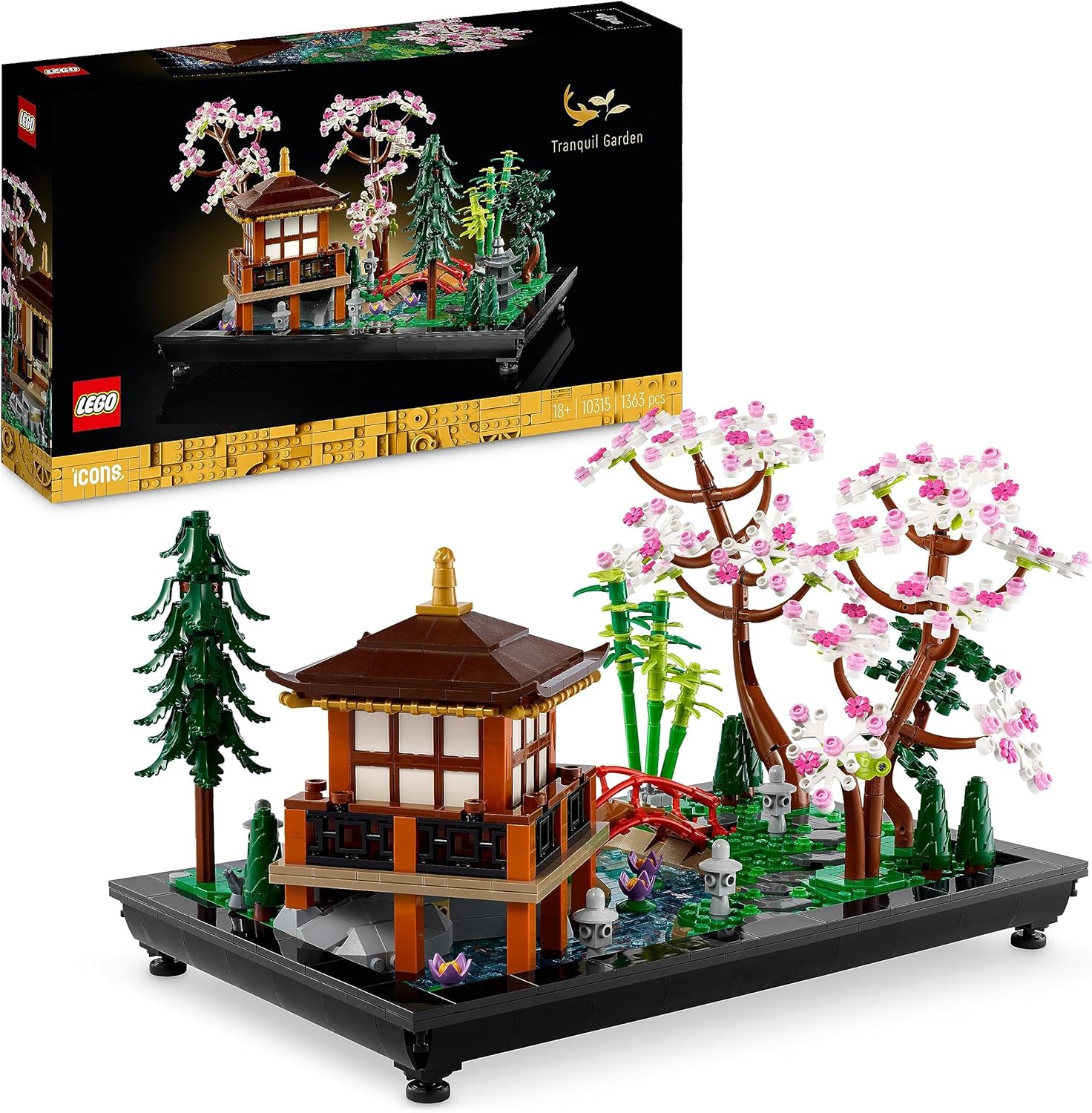Sukeban and Bancho: Unmasking Japan's 80s Rebels
Posted on: 2025-01-12 | at: 08:39:02
Sukeban: Japan’s Rebellious Queens of the Streets
Picture this: It’s 1978 in downtown Osaka. The sun has just set, casting long shadows across a graffiti-streaked alley. A group of girls in modified sailor uniforms strides through the narrow streets, their long skirts swaying with every step. Cigarettes dangle loosely from their lips as their eyes glint with defiance. These are the スケバン (sukeban)—fearless, unyielding, and the queens of Japan’s underworld youth.
But what were these girls really about? And how did their male counterparts, the 番長 (banchō), fit into this gritty tapestry of rebellion? Let’s take a journey into the mystery of sukeban and banchō culture, unraveling their stories while learning some Japanese along the way.
What Is a Sukeban?
The term スケバン combines スケ (suke), an old slang term for “girl” or “woman,” with 番 (ban), meaning “boss” or “leader.” Together, it paints a picture of a “girl boss” in the rawest sense—unafraid to take on authority or rival gangs.
Unlike their male counterparts, the 番長 (banchō), who were often seen as leaders of delinquent boys, the sukeban carved out their own space in a male-dominated subculture. Their rebellion was not just against authority, but also against traditional gender roles. They were tough, disciplined, and loyal to their gang, yet their aggression was often tempered with a strict moral code.
| Word | Kana | Meaning | JLPT |
|---|---|---|---|
| スケバン | すけばん | Female gang leader | N/A |
| 番長 | ばんちょう | Gang leader | N2 |
| 規則 | きそく | Rule | N4 |
| 義理 | ぎり | Duty/obligation | N3 |
| 縦社会 | たてしゃかい | Hierarchical society | N3 |
The Code of the Sukeban
Unlike the chaotic, anarchic image you might associate with delinquents, the sukeban followed a strict 規則 (きそく, rules). Loyalty was everything, and betrayal could lead to harsh punishments like cigarette burns. Their structured gangs mirrored Japan’s 縦社会 (たてしゃかい, hierarchical society), with clear roles and responsibilities.
- 義理 (ぎり, obligation): Sukeban members were expected to support and protect their sisters at all costs.
- 罰 (ばつ, punishment): Breaking the gang’s rules often resulted in penalties, emphasizing discipline within the group.
Banchō: The Male Counterpart
While sukeban ruled the alleys, the 番長 (ばんちょう) led the boys. These male gang leaders were rough and brash but carried a similar sense of honor. Banchō were often seen riding motorcycles, sporting leather jackets, and engaging in turf wars.
The tension between sukeban and banchō gangs sometimes led to heated confrontations, but there were also stories of alliances—or even romance—between rival leaders.
| Word | Kana | Meaning | JLPT |
|---|---|---|---|
| 喧嘩 | けんか | Fight/quarrel | N4 |
| 仲間 | なかま | Ally/friend | N4 |
| 不良 | ふりょう | Delinquent | N3 |
| 見た目 | みため | Appearance | N5 |
| 挑戦 | ちょうせん | Challenge | N3 |
A Story: The Night of the Red Moon
Let me take you back to one of the most legendary sukeban tales.
It was a humid summer night, and the moon hung low, its red hue illuminating the streets of Kyoto. Rumor had it that the local sukeban leader, アヤカ, had been challenged by a rival banchō named ケンジ. The stakes? Control over the district’s bustling marketplace—a hotspot for teenage delinquents to hang out.
アヤカ was infamous for her calm yet commanding presence. Her 見た目 (みため, appearance) was striking: a long skirt decorated with hand-stitched dragons, a symbol of her gang’s ferocity. As the two leaders met under the flickering neon sign of a pachinko parlor, the crowd of onlookers held their breath.
ケンジ smirked, lighting a cigarette. “女 (おんな, woman) like you shouldn’t be in charge.”
Without missing a beat, アヤカ stepped forward, her voice cutting through the humid air. “Let’s settle this, not with words, but with honor.”
What followed was a tense standoff, not with fists but with a battle of wits and nerve. In the end, ケンジ conceded, recognizing her strength as a leader. From that night on, the sukeban gang held the marketplace, and アヤカ’s reputation as an unshakable leader became legend.
Grammar Point: Using 〜べき
In アヤカ’s story, you might notice her strong sense of duty and decisiveness. A useful grammar point to capture this is 〜べき, which expresses something that "should" or "ought to" be done.
Structure:
- Verb dictionary form + べき
Example: 守るべき (まもるべき) = "Should protect"
Examples:
-
義理を守るべきだ。
(ぎりをまもるべきだ。)
You should protect your obligations. -
規則を破るべきではない。
(きそくをやぶるべきではない。)
You should not break the rules.
The Legacy of Sukeban and Banchō
Today, the sukeban and banchō are mostly relics of a bygone era, immortalized in manga, anime, and films like Sukeban Deka. They remain symbols of rebellion, strength, and defiance against societal norms.
For learners of Japanese, their stories offer not just a glimpse into a fascinating subculture but also a chance to expand your vocabulary and grammar in an engaging way. So next time you’re studying, channel a bit of sukeban spirit—be bold, defiant, and ready to tackle any challenge.


